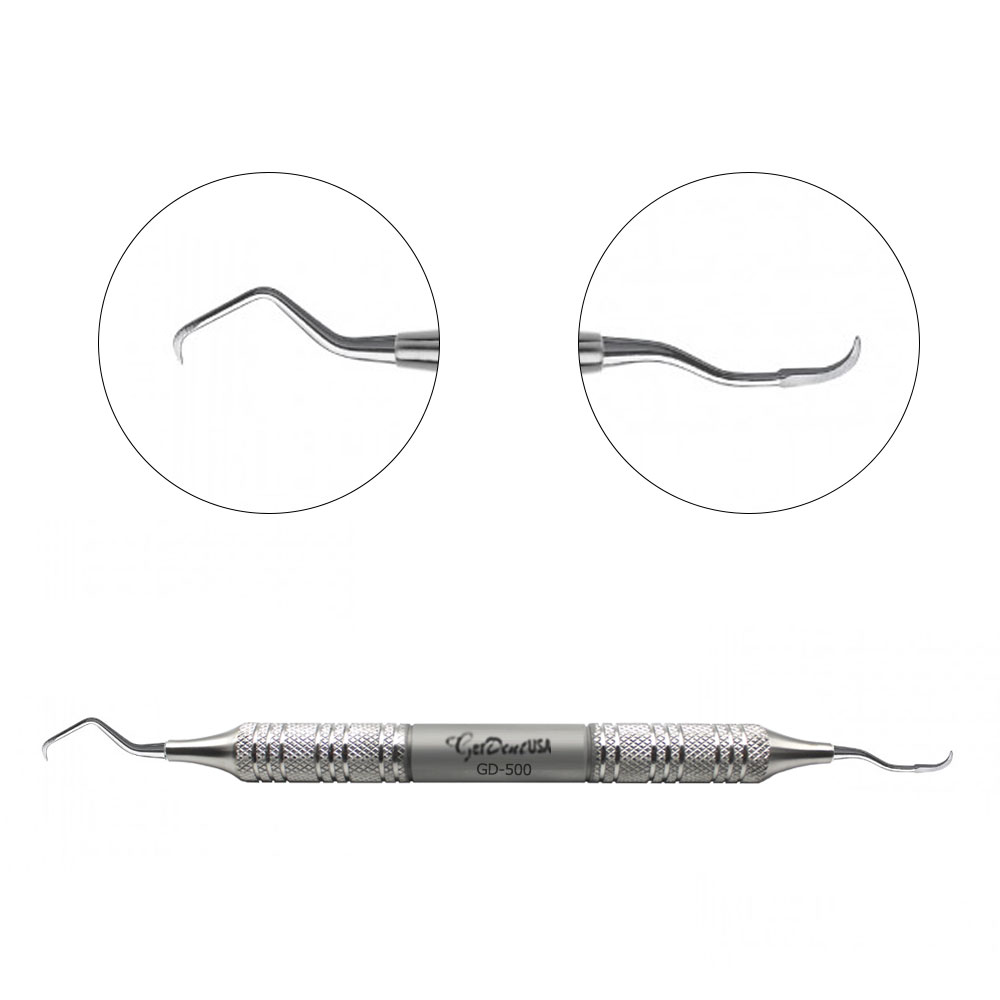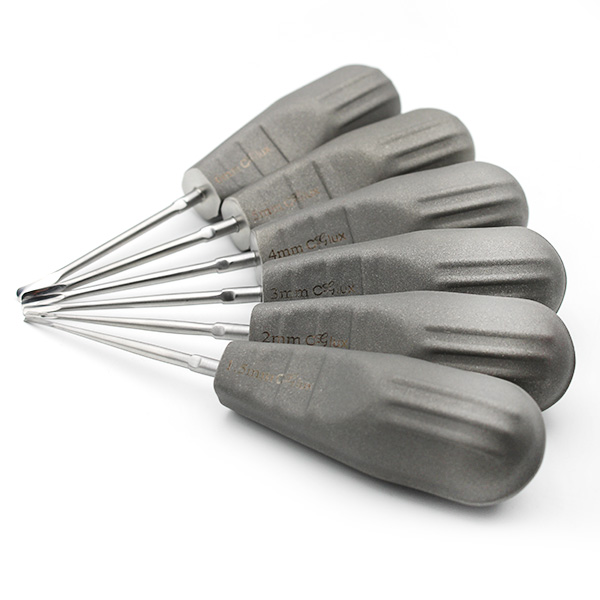Dental hand instruments tend to get dull over time. This decreases their efficacy and increases strain on the operator's hand. Sharp tools are accelerators for any treatment procedure, and they cause minor discomfort to the patients. Hence dental instrument sharpening may be a tedious task but is essential for the maintenance of your instruments. This blog takes you through the steps for sharpening your dental instruments.
Out of all the tools and equipment, Dental scalers and curettes may need the most sharpening maintenance. Sharp scalers and curettes remove calculus very efficiently and reduce the chairside time. The scaler or curette's cutting edge is formed by the blade's junction and the lateral surface. The junction in sharp instruments is an outstanding line that runs the length of the cutting edge. A 70-degree angle between the instrument's lateral side and its face is produced that allows for efficient scaling compared to using an instrument with a 90-degree angle.
How to Sharpen Dental Hand Instruments?
Instrument sharpening is when the instrument is held at an angle to a sharpening or a rotary stone until the instrument is sharp enough. The following steps outline the moving stone sharpening technique. Stabilize the instrument, and apply the stone to the lateral surface to form a 110 degree angle with the face. Place the stone at the heel of the blade and work towards the tip. Move the stone up and down for short, sharpening strokes. Metal sludge will appear at the end of the blade, which then has to be wiped off. Make sure to finish with a downstroke to avoid a roughened edge of the instrument.
When to Sharpen Dentistry Instruments?
Instruments should be sharpened at the first sign of dullness. The frequency of sharpening dental instruments depends on the frequency of their use, the degree of difficulty while performing a procedure, and the results of evaluating the cutting edge of the blade against a plastic stick.
Dental Instruments Sharpening Techniques:
Before sharpening dental instruments, look at the cutting edge angle. Sharpening aims to maintain the same degree of angle on the instrument initially. Sharpening should not change the shape of the instrument. Lubrication of the chosen sharpener with water is necessary to avoid heat generation during sharpening. Lubrication also keeps dust and metal sludge down. Use good personal protective equipment, e.g., safety goggles.
• Technique for Scalers and Curettes:
Select a curved sharpener for scalers and curettes. Select the best curve that facilitates the instrument. Use a back and forth rotating movement to sharpen the instrument.
• For Luxating Elevators:
Luxating Elevators are sharpened using a flat stone. The instrument is held with the index finger just behind the point, with its concave side facing upwards. Stroke the instrument on the stone, remembering to lift it between each stroke.
• Check if Your Instrument is Sharp:
To check if your dental instruments are sharp enough, get a plastic toothbrush and brush the sharpened instrument on its surface; if the instrument glides, then it is not sharp enough. But if the instrument shaves away the plastic, it is sharp. Another method to check if your instruments are sharp is to see if the cutting edge reflects light, rounded or dull instruments reflect light. However, sharp instruments do not reflect light at all.
Sharpening equipment must all be wiped clean after sharpening. This is to remove the metal particles from the surface. Leave the sharpening equipment to dry, and it will clog up the sharpening surface and significantly reduce the effectiveness of your tools.
To make sure that your instruments remain sharp for longer, you need to be mindful of what's causing them to be dull. Dullness does not only occur due to overuse of instruments; Dental hygiene instruments can get dull if they are not taken good care of while in the ultrasonic cleaner. Instruments bump against each other inside the cleaner, and this can also cause them to get dull. Using a perforated dental cassette can prevent this bumping.
Sterilization of instruments by chemical vapor or steam and dry heat may also cause instrument dullness. Scaling around dental amalgam restored teeth may also cause the instruments to lose their sharpness.
All in all, you should check the scalers and curettes by examining their reflections and checking if the tools "bite" against the test stick. Also, check for sludge development on sharpening stones. Other than that, cycle your instruments separately, so the tools don't have to be cycled simultaneously.



